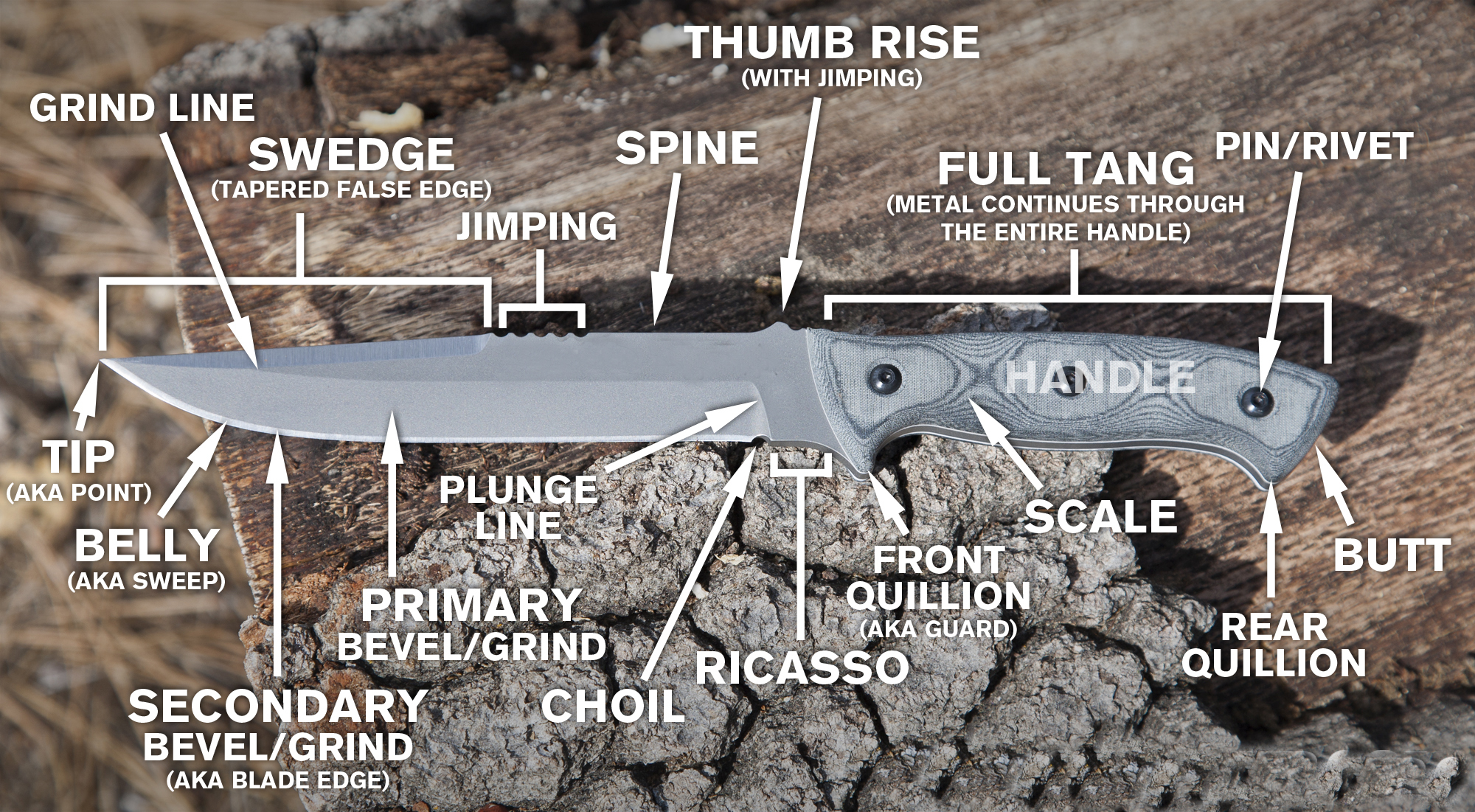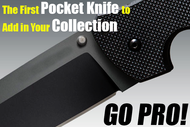Kick-Start Your Pocket Knives Collection Like A Pro
Posted by SwordsSwords on Mar 29th 2023
Having a knife collection is a brilliant pursuit. But you need to have at least some basic knowledge of different construction materials, grips, and blade maintenance. This may seem over-the-top, but it is surely worth it. As you may have heard many times over, anything meaningful must be done properly. So get ready to learn and begin the hobby that will add so much value to your life.
Contrary to popular belief, your first knife doesn’t have to be the perfect embodiment of your collection. Be creative and pick the blade that speaks to you the most. Don’t overthink your decision. However, do keep in mind the few facts and tidbits mentioned below. This will help you make an educated choice.
Pick a Knife
As simple as that may sound, you need to be aware that there are so many options present for your perusal. You can pick just any blade variety with different materials and aesthetics. You can either buy your blade online or at a blade store. Internet purchases are most convenient as you can browse many sites from the comfort of your home and compare prices easily. However, buying in-store is a more personal and worthwhile experience for many shoppers.
You can evaluate your purchases with the tactile examination. But there are difficulties in price comparison while buying in-person. If you have an online trusted store that has a history of high-quality affordable products then it is the most optimal choice for you. Get the best of both worlds and buy your favorite pocket knives with ease.
Defining Characteristics of Pocket Knives
You need to differentiate the pocket knives by the following characteristics.
Construction material
Most blades are made of steel with different percentages of carbon. Various alloys are usually added to increase the strength or give unique aesthetics to the pocket knife. When selecting the first knife, the construction material is important for performing necessary maintenance activities. Damascus steel is an intriguing knife manufacture material universally loved by all blade enthusiasts.
Blade Type
Pocket knives come in many blade shapes and sizes. You will observe these blade shapes on your other EDC and survival knives as well. This is because every shape is designed to perform a specific function. For instance, a straight blade is often seen in kitchen knives. It is one of the most common multipurpose blades. The clip point pocket knife is perfect for carving, precision whittling, and other hunting tasks. Drop point blades are a common feature of heavy-duty hunting knives. Sheep’s foot, spear point, and tanto blade are few other types of pocket knife blades.
Locking Mechanism
The locking mechanism in the pocket knives is an important part of maintenance and safety concerns. Liner lock and lock back mechanism are most common in pocket knives. Other important locking mechanisms are the clip lock and frame lock. With any of these mechanisms, be sure to check the accuracy and durability before using it. If the lock snaps mid-use, it can cause a severe injury.

Aesthetic Choices
Many blade collectors empathize that every good pocket knife must only be judged by its functionality rather than its looks. This point of view is not the one you need to adopt. Functionality and sharpness are vital in blades and must be treasured. There are so many gorgeous daggers with metallic and matte colors in innovative hilt designs in the market. There is no harm in picking the most attractive blade. Your collection is a reflection of who you are. So don’t be afraid to get creative. Pick a traditional and sturdy EDC pocket knife, or a sleek graceful spring assist. Push your boundaries and get the pretty pink knife with a deadly bite.
Find our top picks for the most masculine pocket knives.
Basic Pocket Knife Maintenance
Every knife in your collection needs to be treated with a distinct level of care and focus. Even when not in use, the knife can rust or collect other debris. The atmosphere where you store your knife can influence this deterioration. Moist and dusty environments are death for carbon based blades. If you have decided to collect antique blades, then you need to be extra careful. A vacuum-sealed display box or shelf will work perfectly for the storage of your collection. There are a few other steps you can take to ensure the health and beauty of your pocket knives.
Basic Cleanliness
Focus on the proper cleanliness of your blades. If you intend to keep your blade functional, then polishing and blade sharpening must be a part of your maintenance schedule. Wipe the blade with cotton or other soft cloth meticulously before and after each usage. It will keep your knife sharp and maintained. The mechanism of the pocket knife where its lock is placed is also very important to clean. Dirt can clog this joint and erode the knife. Not to mention, if your knife gets stuck due to a locking mechanism, it can cause serious injury.
Preserve the Blade
Properly oil the entire blade and all its mechanical components. Don’t use the sharp end of your blade for blunt force application. This can cause micro-fractures in the knife edge. Be on the lookout for any defects in pocket knife every time you use it. In case of bodily injury, take care of your wound first and get it sterilized. But don’t forget your knife either. The oxygen in the blood is detrimental to blades and must be removed as soon as possible. Safety and caution must be your priorities when using any pocket knife. Cleanliness must be imperative with all knives, functional or idle.
In the case of a knife collection, the experience is the best teacher. All the pertinent advice and helpful tidbits are researched and listed down just for you!

